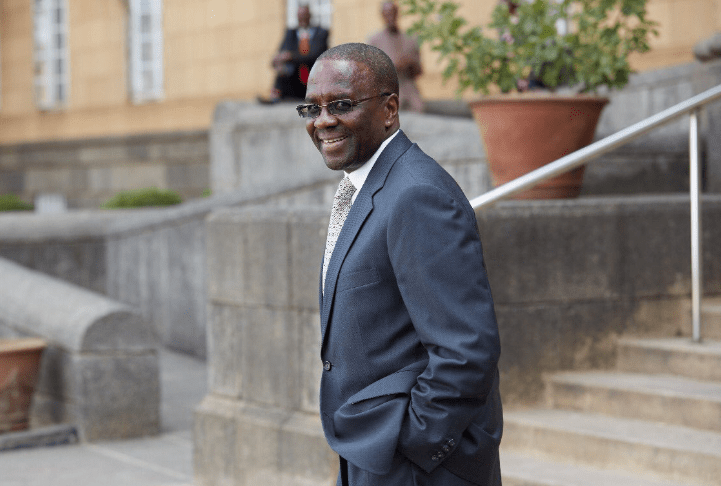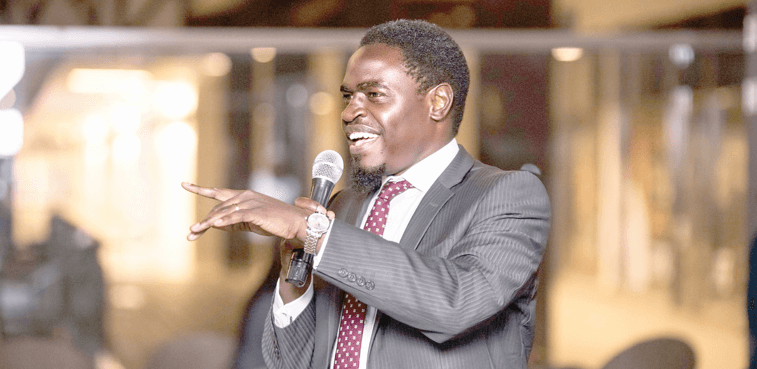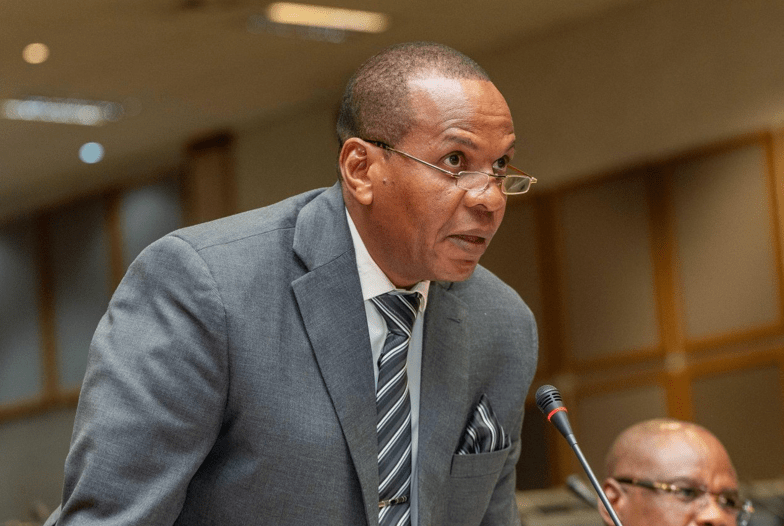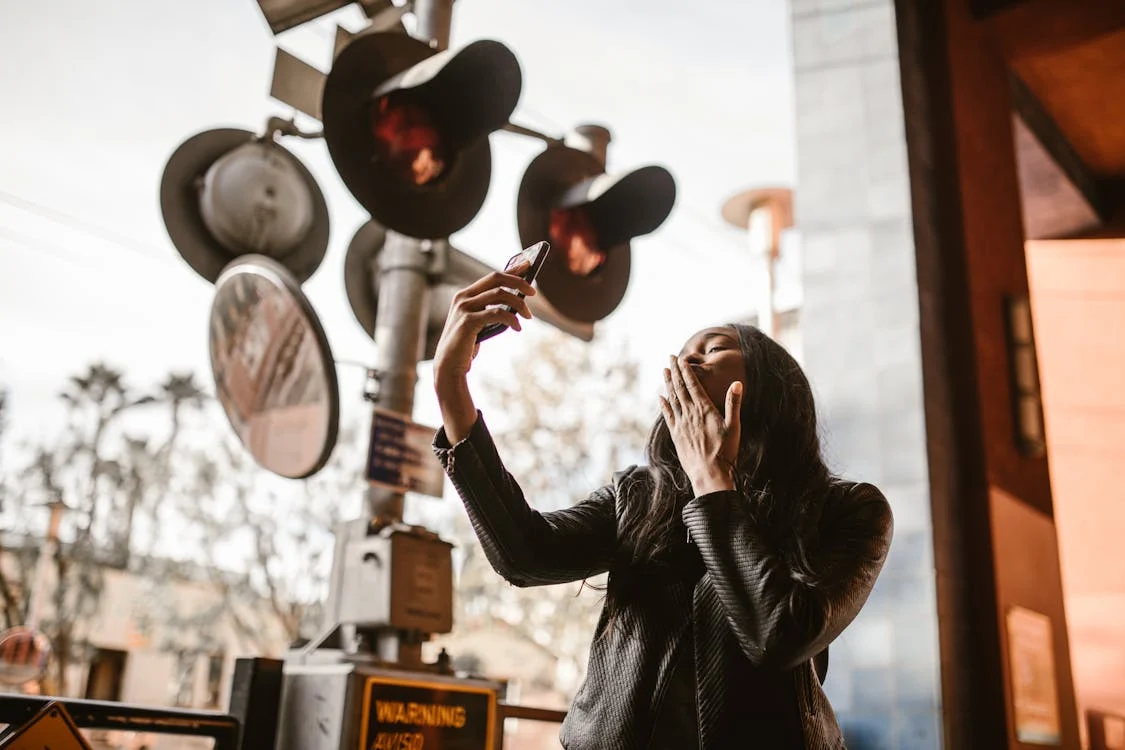Kaya elders start embracing family planning
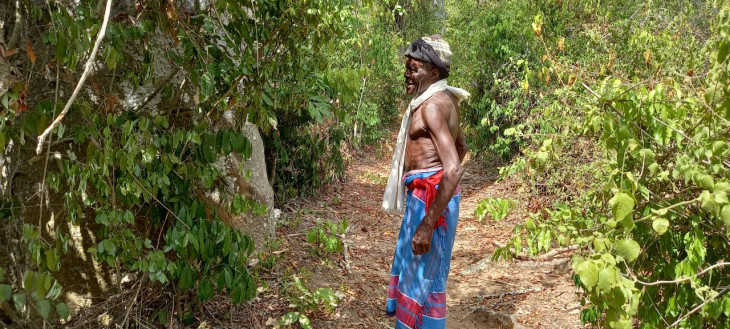
The shrill sound of invisible insects rose in a crescendo, pierced the ears of possible intruders as if in protest to the peace of the Kaya Mudzimuvya and died almost in the same way it started.
What an eerie welcome!
Donning the Kaya elder’s regalia; a blue and red shuka around his waist, a white scarf hanging on his shoulder and a woven hat, Mzee Daniel Mwaruwa Garero, explained that the sound is characteristic of the insects whenever people visit the forest.
“It’s like they are protecting their territory,” the Chairman of the seven Kayas in Kilifi County said.
The atmosphere in the Kaya compound is ghostly. Three cooking stones stand cold in the middle of the compound separating two dilapidated makuti-thatched houses. Inside one of the houses for the Kaya elders, the fireplace is as cold as the waning culture and crawling insects dashed out in fear.
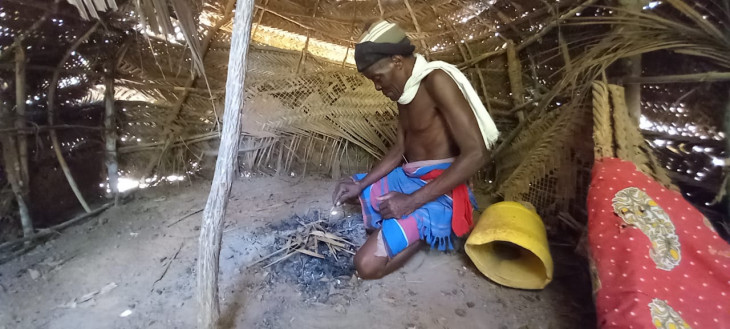
It is in this Kaya where according to Mwaruwa it was prophesied that a foreigner will come to the country, and will disrupt the normal lives. It was none other than; Dr. Johann Ludwig Krapf. He came to Rabai in 1844. In 1846 Krapf set up a mission at Rabai. Dr. Krapf learnt the local languages and translated the Bible into Swahili.
“Those who found him said they had picked light, but others wanted to kill him,” Mwaruwa narrates.
The earlier Kaya elders built him a place to stay. “This resulted in a great conflict between the two clans in the Kaya Rabai, the Wakiza and the Wamwezi, but which did not last long.”
Despite defiance by some Rabai community members, Krapf still managed to build a school and church. This changed everything. “From this point, we were not the same again,” he said.
Mwaruwa said participation in family planning activities started when the Africa Christian Health Associations Platform (ACHAP) Afya partnered with the elders in sensitising people on the reduction of maternal and child morbidity and mortality.
“They were instrumental advocacy against Gender-Based Violence (GBV) at the community level because many women were suffering a lot. It’s us the Kaya elders who were used to identifying the challenges in the community,” he said.
An information gap on the existence of laws against GBV led the Kaya elders to step in to raise awareness among community members.
“So we took up the matter, and made it our responsibility,” he said they were keen on making a difference because life had become difficult with the poor economy and prolonged drought.
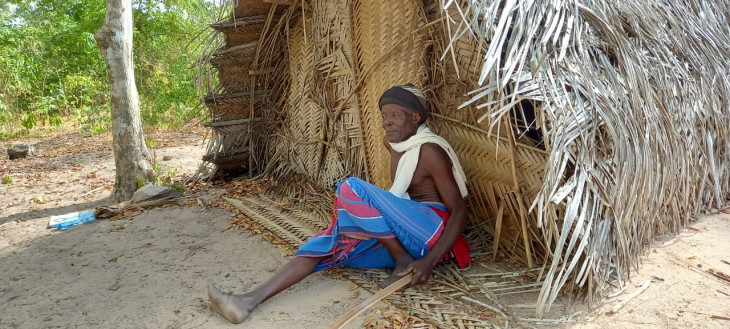
“So we must sensitise them to be organised and plan their families well; give birth to children they can manage and pay school fees for, feed and clothe them well,” he said.
Even at home, Mzee Mwaruwa has taken up the matter with his own sons and daughter-in-laws.
“In this home there are those who are in family planning programmes,” he narrates. However, it was not easy to get them to take it up.
“You want us not to follow in your footsteps? they protested, but by explaining the benefits they started to listen,” he said.
He insisted that they have to plan for themselves.
“I have close to 50 young people in my Rabai Ward who are in the family planning programme,” he stated explaining that the awareness programme is intense in areas hit more by drought because again they are places with high poverty index.
“This is the place where you find a child who should be in nursery school because those already in school have drained the little resources,” he said.
He cautioned the young people to look at their income and make the right decisions on this issue.
“If animals are capable of planning, why not us human beings?” he posed.
He, however, points an accusing finger at the earlier generation of the Rabai who instructed them to fill the world arguing that if they engage in family planning they will be going against God’s commandment.
“But will God feed you if you don’t plan?” he posed. “We try a lot to sensitise both men and women.”
Even in the past the elders were actively involved in family planning. They taught the young men to avoid sleeping with their wives four days before their menstruation. This also applied in three days after.
“We discouraged the young men not to have sex with their wives during that period of about seven days including when she is seeing her periods,” he emphasised that this worked. With the changing dynamics in life, it could be risky.
“This is the reason we are encouraging use of modern contraceptives,” he said.
Mzee Mwaruwa’s prowess in championing contraceptives has spread across the County of Kilifi to the point that he is nicknamed “Mzee condom”.
“For instance, if you want to find me fast enough, you ask for Mzee Condom, and you will be told, ‘go to Rabai’, said with a smile.
On his part, the Kaya elder started planning his family using modern contraceptives when they wanted the seventh born.
“I was a little late for marriage. All along I used the traditional method, but from the seventh born to the ninth one, I planned,” he said.
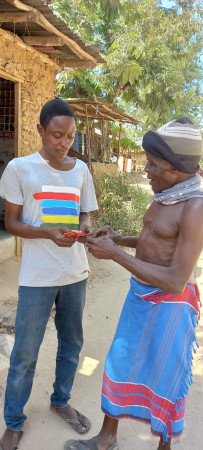
Success in managing to increase people using modern contraceptives has been through collaboration with women and youth.
“We have had sessions with teachers from schools in Kaloleni and advised them to teach children in school, the true meaning of girlfriend and boyfriend,”, he pointed out that this is because for the young people that means “man and his woman and longer just friendship”
He gets invited to schools to speak to the kids.
The health officials in the county were finding it difficult to penetrate the community without the Kaya elders’ involvement. They were believed to be closer to the people, and the community believed in their word.
According to Edward Mwamuye, Choni Chigulu Subcounty reproductive health coordinator, the Kaya elders are important stakeholders in advancing family planning.
“It dawned on us that family planning required a collaborative dialogue by bringing together health experts; the young people, religious and cultural leaders to address it,” he said.
The outcome of this dialogue, Mwamuye said, was the beginning of addressing the root cause, and it bore fruits.
“These efforts are ongoing. We have established peer to peer discussion groups where the young people meet regularly to find solutions for their problems,” noted Mwamuye explaining that other efforts are being championed in worship places; churches and mosques.
On the other hand, the Kaya elders are also in the community talking to people because of the group’s cultural values.
“However, most importantly, we realised that certain issues must be addressed from a cultural space because through the Kaya elders as our gatekeepers, we easily found our way to the communities,” he explained.
This move was staged after the county was put in the spotlight as one that had the highest prevalence of teenage pregnancy in 2020 as the Covid-19 ravaged the country.
The Kenya Demographic Health Survey (KDHS) 2014 survey indicates that a lack of knowledge about sexual health and family planning permeated Kilifi County’s conservative culture. The silence, the survey highlights, has led to one of the highest teen pregnancy rates in the country at 22 per cent, compared to the national average of 18 per cent.
“So through Mzee Mwaruwa, we saw that the Kaya Elders are key for us if we want to succeed in changing people’s behaviour. So we called them and explained everything and agreed that it was alright for them to take part,” he said.
The elders’ responsibility was to prevent any rumours about family planning and explain to the community the benefits of the programme.
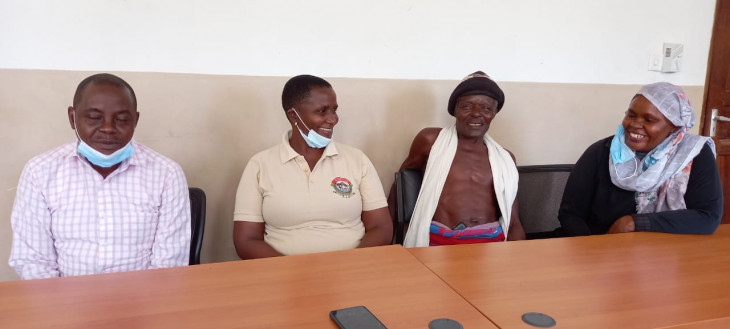
“So we have trained him as our male champion and sensitised him on a number of scientific outcomes of research, specific about family planning, and we have seen good outcomes,” he added.
This programme, Mwamuye explains started in 2019, but the advent of Covid-19 disrupted it making it impossible for the sittings to continue, perhaps why the number of teenage pregnancies saw an unprecedented rise.
On her part, the Subcounty nutritionist, Bibi Bakari, gave birth to focus group discussions with the Kaya elders and some stakeholders.
“Jhpiego was instrumental on this programme, and we started seeing progress, in turn, out in the outreaches, and as we speak now the teenage pregnancies have gone down tremendously,” she explained this is because of the acceptance and awareness. An Islamic body offered to train young people on life skills, and this created a positive impact.
“And now Rabai Subcounty is leading in family planning uptake compared to the other years where we were being accused of doing nothing,” she said. Bakari revealed that the teenage pregnancies in Rabai sub-county had gone down to 8 from around 15 that were registered in 2019.
At home, and in the nearby market centre, Mzee Mwaruwa is a role model, and has a link between the uptake of modern contraceptives and the declining teenage pregnancies.
Phase two of the Performance Monitoring for Action (PMA) survey for Kilifi between November and December 2020 shows that about 9 in every 10 women using a modern, female-controlled contraceptive method reported that their partners.
That the partners knew they were using a method of family planning, the survey showed.
“Half of the women’s decision to use family planning was made jointly,” the survey notes.
Further, it shows significant differences by age.
“17 per cent of women who are not currently using a contraceptive method reported that the decision not to use was made jointly and this significantly increases by education,” it added.
His daughter-in-law, Zawadi Ndoo, a mother of two started using three methods interchanging them due to side effects.
“I also stopped this one because it was making me grow so fat. I shifted to use the pills, which I am still swallowing,” she said at their home in Rabai, Kaloleni.
Ndoo believes that if you bear children without planning, the children do not grow up in good health. “If I was not using contraceptives by now I could be having four children in 10 years. My husband also contributed to this programme because he is the sole breadwinner,” she said.
She dropped out of school due to poverty at home, and was forced to seek employment as a house girl at 11 years.
The PMA survey shows that half of the currently married women are using a modern contraceptive method, a clear increase from 33 per cent in 2014.
In the survey conducted by the International Centre for Reproductive Health (ICRH), 67 per cent of the demand among all women is being satisfied by modern methods, a notable increase from 49 per cent in 2014.
However, the survey paints a grim picture of the usage of some the contraceptives such as the Intrauterine Device (IUD) for lack of trained facility providers.
“Almost half – 46 per cent – of the facilities providing IUD did not have trained providers and instruments/supplies for IUD insertion/removal,” the survey pointed out.
Twenty four-year-old Tuma Mwalue, a member of Rabai Youth Information Centre, said the regular peer to peer discussions among young people has contributed to the uptake of contraceptives, which initially was looked down upon.
Mwaluwe cites numerous awareness programmes through partners.
The Rabai Youth Information Centre is a place where young people are sensitised about teenage pregnancies, proper use of condoms, and reproductive health among issues.
Initially, the issue of family planning in this place was a challenge because most of the women here were not aware of them.
“However, currently through various organisations, the centre has been on the forefront in advocacy and raised awareness among girls, young women and the community about family planning.” He added.
“They couldn’t embrace anything. They said until their husband gives a green light. However, now they have started embracing them and are using some of those methods,” he said.
The PMA survey shows that there has been an increase in long-acting contraceptive use among all women from 9 per cent in 2014 to 17 per cent in 2020.
Kaya Mudzi Muvya, a 580-hectare forest occupies the southern and western bank of Kombeni river and from oral traditions was formed in competition with Bomu.
The Kaya shrine according to Mwaruwa is a sacred place for the Rabai which was over the past hundred years and was gazetted as a World Heritage Site in the year 2008.
“We use it for various activities which include; preserving the cultural traditions, conducting prayers and also educating willing people on their traditional customs,” he explained.
There are several marks of traditional rites. On one part of the shrine, there are well-preserved graves of the past Kaya elders and places where various rites were conducted.
Anyone entering the shrine, removes their shoes, like two kilometres into the sacred place, and walks in barefoot.

